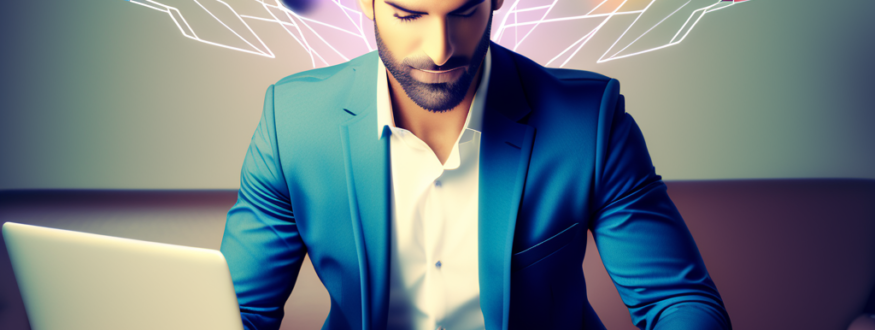The benefits of using psychology in website design
The main benefit of harnessing psychology in website design is speaking to people in their language. It’s also about speaking your language and finding common ground. This is how you can build trust.
To use familiar colors and patterns, elements that make you stand out but also connect with people. To understand what your website is about and where they can get more information quickly. Then you have to press the right triggers. Comic Sans, for example, is a gorgeous trigger and we’ll discuss it below. Color, space, and lines also create a specific impact on how people perceive your website.
More importantly, all of these elements set the tone for visitor engagement with website design.
How to use psychology in website design?
Now you understand why knowing the basics of human psychology is essential in website design. Let’s see how you can use it!
1. ARRANGEMENT
Gestalt psychology shows how these elements below influence your visitors:
Similarity – people perceive similar objects as being the same or at least part of the same concept.
Proximity – things close to each other are perceived as part of the same group.
Continuity – you want your visitor’s eye to move naturally from one element to another.
Closure – an object that is not completely closed is still perceived as a whole because people’s brains will always fill in the gaps.
Figure and ground — people simplify images into the main objects they are looking at (the figure) and the other elements
Similar objects are grouped together: notice how the first three images show happy young people in various professional settings. This placement suggests that Target can help anyone find their dream job.
These images are placed next to certain keywords: laughing young people are placed right next to the “Explore opportunities” CTA. Thus, Target Jobs is associated with your happiness and future chances.
Colors, font, and spacing allow for a smooth transition: users are directed to continue scrolling down, going from one section of the web page to another. Also, notice how each section has its own theme, centered around the benefits of Target Jobs.
Contrasting colors (orange, white, purple, etc.) capitalize on the figure and ground technique: therefore, focusing on one section causes the others to become part of the background. The benefit here is that your attention isn’t split into a million pieces; you can focus on one thing at a time and understand what Target Jobs is trying to tell you.
2. SHAPES
Each shape has a different subconscious association:
Triangles and squares represent professionalism, strength, and power.
Circles, ovals, and ellipses symbolize relationships, love, and unity.
Horizontal lines give a sense of calm and community.
Vertical lines represent power and action.
Just look at AT&T’s website. Everything shows community and tranquility, from the round logo to the horizontal lines that delineate each section.
3. SPACE
No matter what industry your business is in, space is essential in web design. Don’t clutter your web pages, even if your natural impulse is to squeeze in as much information as possible.
Use a lot of white space and try to have a minimalist approach. Identify the unique selling point on each page and help people focus on it.
Check out the DOGUE webpage. White spaces separate each essential element so that each section is presented clearly. The first thing you notice is the title and the picture of the happy dogs. Then your eye moves to the tagline on the right. After that, notice the sections below that giant “Dogue”. The following part of the site highlights the company’s services (eg groom, meal, play, etc.).
4. COLOR
The right colors can attract attention, maintain interest, and even lead to action. In addition, color increases brand recognition by 80%.
Here’s the bare minimum to consider:
Your goal — what do you want visitors to do when they land on your page? For example, if you want visitors to fill out a form, you might want to use a color that stands out and is easy to see. Although blue is the safest choice because it is the most popular, red causes more action.
Your audience — cultures have different associations with color. For example, in the Western world, white represents purity. However, white is associated with death and mourning in Asia.
The mood you want to create — Do you want your website to be professional? Relaxing and soothing? Exciting and energetic? How do you want your brand to be perceived?
5. TYPEFACES
A good website design is like a good outfit: it should be attractive but not too over the top.
The same goes for fonts.
While a website should use a variety of fonts to add interest, it’s essential to use them sparingly. Too many different fonts can be overwhelming and make your site look cluttered.
Instead, focus on using a few critical fonts throughout your site and use variations (such as bold or italics) to add visual interest. For example, you might want to use a serif typeface for headings and a sans serif typeface for body text
Wrap up
If you want to keep your website visitor’s attention, maintain interest, and drive action, it’s essential to use the design principles above. By using spacing, fonts, layout, shapes, and colors in your website design, you can create a website that is both visually appealing and effective in getting your message across.
However, these principles are only guidelines. You should be brave and use your intuition. Remember that the purpose of website design is to speak to your audience using their language.
